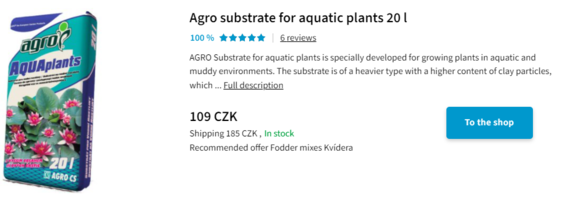Hi
@Sudipta,
The photo period is probably something I will try and tweak
🙂 but initially I will stick to the 7-8 hours
Yes, that was another thing I believe I noticed on your TPT journal that it looked like you started out quite low with the intensity and gradually increased it? A very sound approach.
Where do you get your plants from? Online or locally here in twin-cities? Almost all my plants I bought in recent year I've purchases from aquariumplantfactory.com out of California.
Cheers,
Michael








